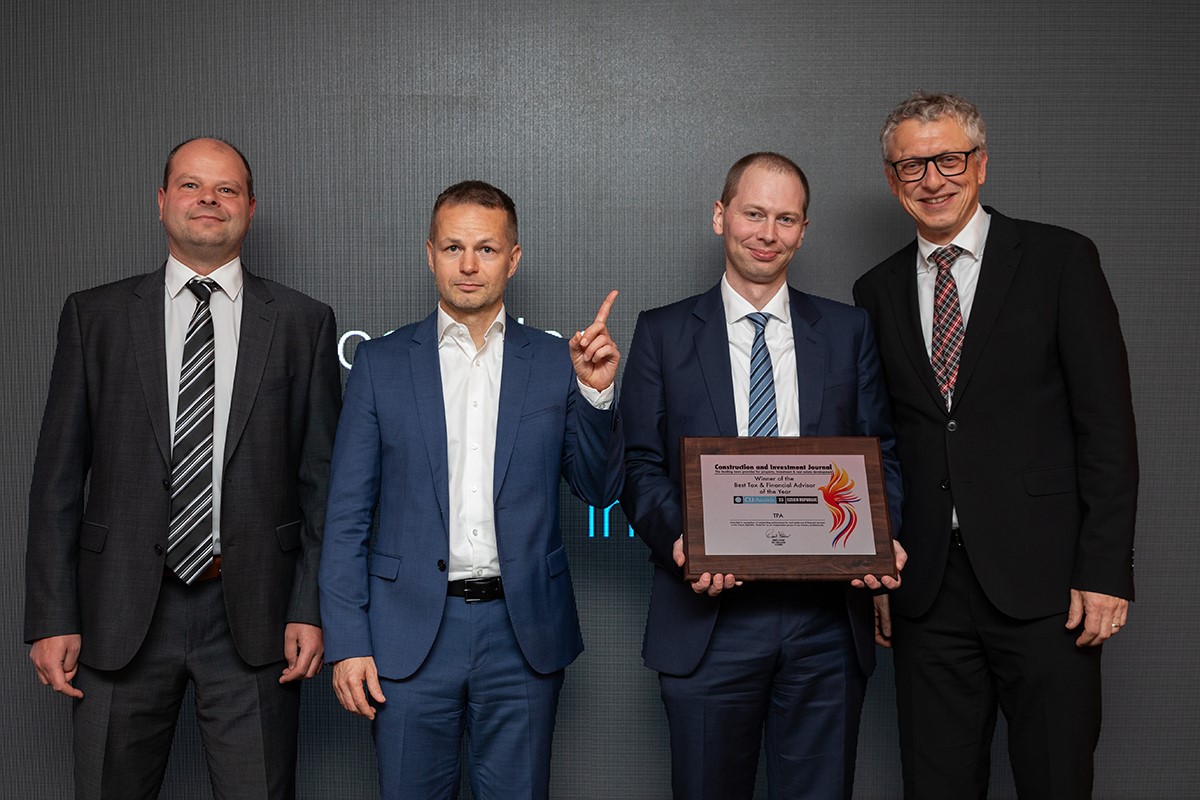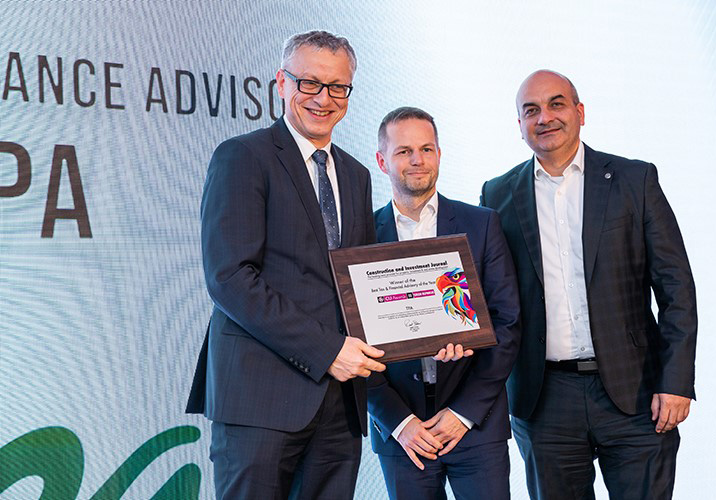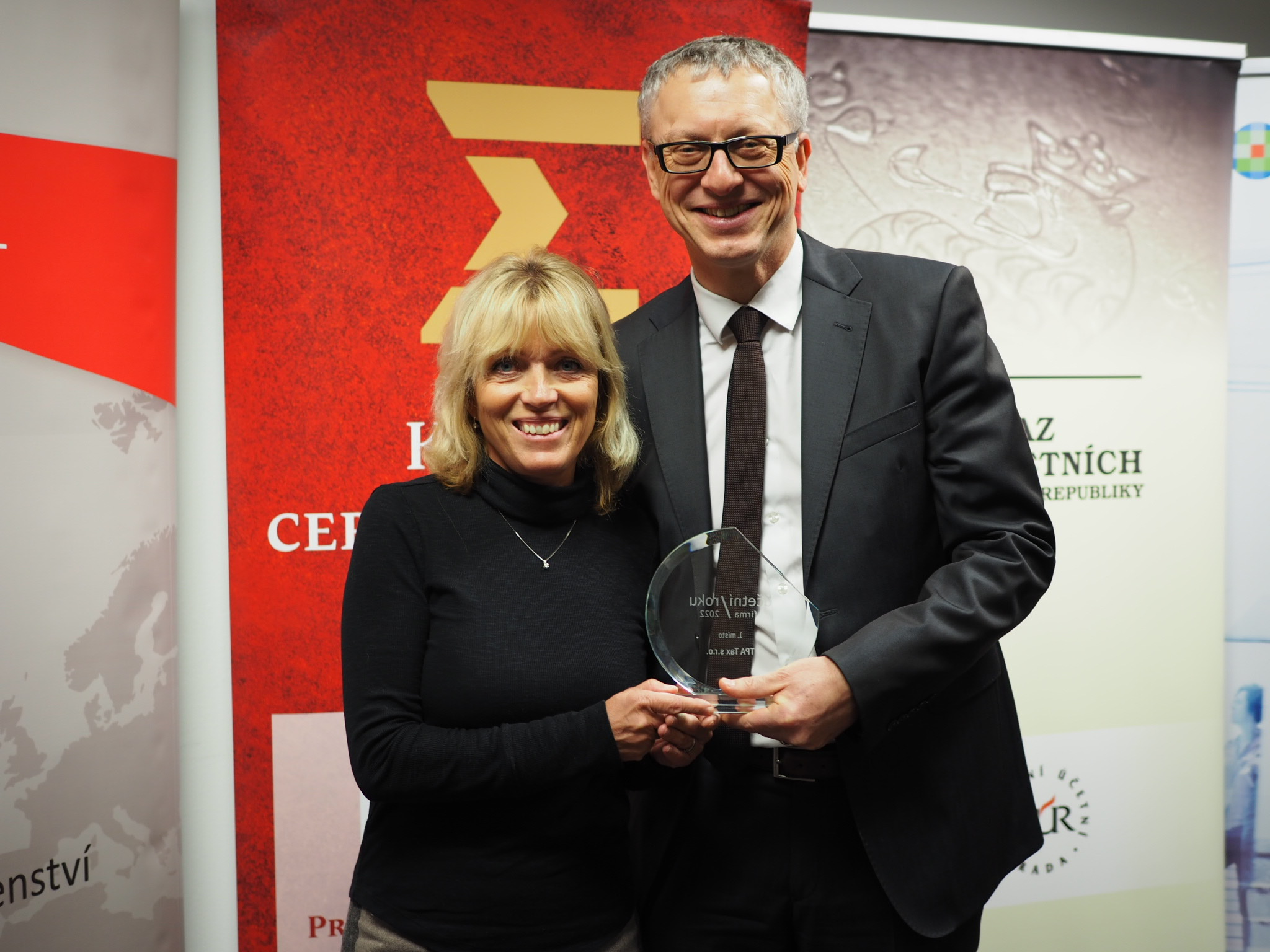14. June 2023
Reading Time: 2
Min.
news
On June 14th, the TPA Group organized the 12th edition of the Energy Tomorrow conference at Palais Niederösterreich.
This year’s theme focused on renewable energy sources and climate issues.
Program: https://www.energy-tomorrow.eu/en/program-energy-tomorrow/
You can access the video recording here: https://www.energy-tomorrow.eu/en/energy-news/live-stream-of-energy-tomorrow/
We have prepared a publication with colleagues providing an overview of the current situation in the field of renewable energy sources in 8 CEE countries: https://www.energy-tomorrow.eu/wp-content/uploads/sites/15/2021/09/TPA_RENEWABLE_ENERGY_2022_klein.pdf
Interesting information from the conference:
- As early as 1896, Svante Arrhenius (recipient of the Nobel Prize in Chemistry in 1903) published an article on the impact of carbon oxides on the planet’s temperature.
- The question is not about the cost of combating climate change but rather about the costs incurred if climate change is not addressed intensively (costs of flood mitigation, damages caused by hurricanes and tornadoes, addressing drought and water scarcity in various parts of the world in recent years).
- One of the participants’ questions pertained to technologies for reducing the volume of CO2 in the atmosphere and their current availability. While these technologies are being developed, there is no time to wait for their deployment, and moreover, they will likely serve as complementary solutions. The only way forward is to significantly reduce emissions.
- In practice, the installation of local panels on residential buildings has proven to be practically unattainable in terms of obtaining consent from all apartment owners (100% ownership). This threshold also applies to cases where an owner of a single apartment wants to install panels on the building facade or roof.
- A significant topic for the so-called new mobility is the growing urban population. Currently, it stands at around 55%, and by 2050, it will reach nearly 70% of the population.
- The potential of energy communities was also presented, highlighting their ability to leverage the benefits of shared electricity consumption from photovoltaic power plants while minimizing grid connection fees. This leads to a significantly economically efficient setup.








